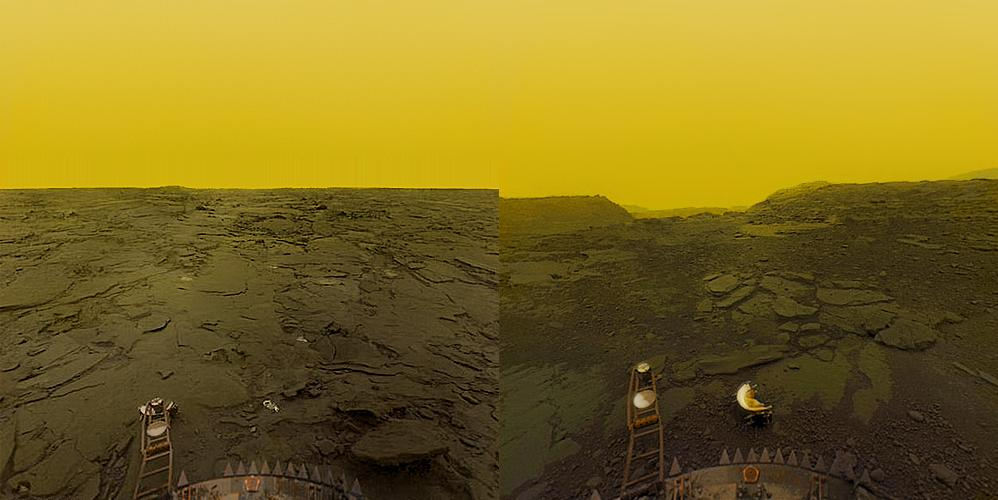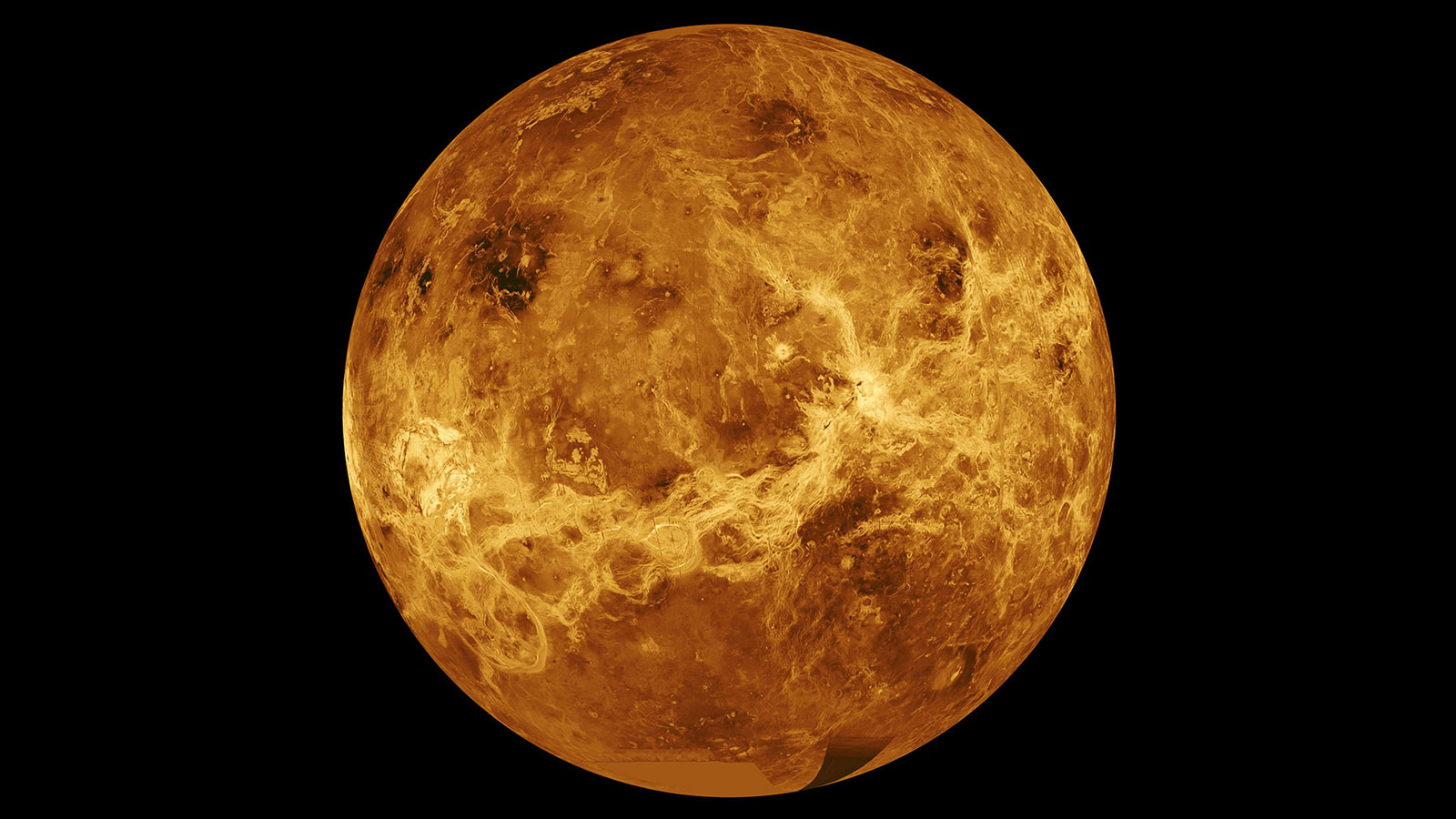Life on Venus? Really?

On September 14, 2020, a group of researchers published the news of the discovery of an unremarkable gas in Venus’s atmosphere: phosphine (PH3). Within no time their findings sent tremors throughout the Internet. But why? Well, on Earth phosphine is a byproduct of biological chemistry (read: life). So, does the presence of phosphine indicate that life exists in Venus’s atmosphere? Well, it’s complicated…

Venus is the second planet closest to the Sun, while Earth is the third. Venus is a rocky planet, in many ways quite similar to our own world, yet although it is believed to have been a very hospitable planet in the past, much like Earth, it has changed dramatically over time. Today there are significant differences between the two planets: Venus’s surface temperature is 867 °F (464 °C) on average; the pressure is 9.2 million pascals (to be compared to the 100,000 or so pascals on Earth); and finally, carbon dioxide amounts to 96.5% of its atmosphere, which also contains a variety of acids. Not a very friendly place to sustain life.
Russia launched multiple Venera probes (Venus in Russian) to the planet between 1961 and 1984. Some actually managed to enter the atmosphere while others survived long enough to land, transmit data, and even produce photos. The probes had to be extremely resistant in order to have a chance to survive even a few minutes in Venus’ extremely hostile environment.
So, is life even possible on Venus? Maybe. Even if the surface is hostile to life, there are places in the atmosphere above its acidic layers that might, in theory, support life. Is the presence of phosphine in Venus’s atmosphere proof of life? Not at all. Even the authors of the study acknowledge that this hypothesis is speculative. The fact is that nobody knows why there is phosphine on Venus. While this compound has been found in our neighbor Jupiter’s atmosphere, where it is believed to occur outside of any biological process, its presence is thus far unexplained. This is more than enough for certain people to claim that since there is no other known explanation, it is therefore proof of life.
The presence of phosphine on Venus is not a proof of life
The problem with such a claim is that if one cannot explain a phenomenon through known non-biological process, this doesn’t mean that a process doesn’t exist, it simply means that we don’t know if it exists, which is why it is dangerous to jump to a biological conclusion. This is especially true because this would offer the most complex of explanations. Life is extremely intricate and while no one truly knows how life emerged on Earth, we do know that it required a variety of elements and simultaneous occurrences in order to happen.
The presence of phosphine on Venus is not proof of life – far from it – and there may be many more plausible reasons for why it’s there at all. In the upcoming months (and years) we will probably see many noteworthy hypotheses emerge which will explain the existence of phosphine on Venus. That being said, it is only by sending more probes to Venus that we might obtain a comprehensive picture. Due to the technological challenges its exploration presents, Venus is much less understood than Mars, but future missions there could teach us a lot about the Solar system and ourselves. Stay tuned!
Phys.org: if there is life on Venus, how could it have got there? Origin of life experts explain
Mit.edu: Astronomers may have found a signature of life on Venus






